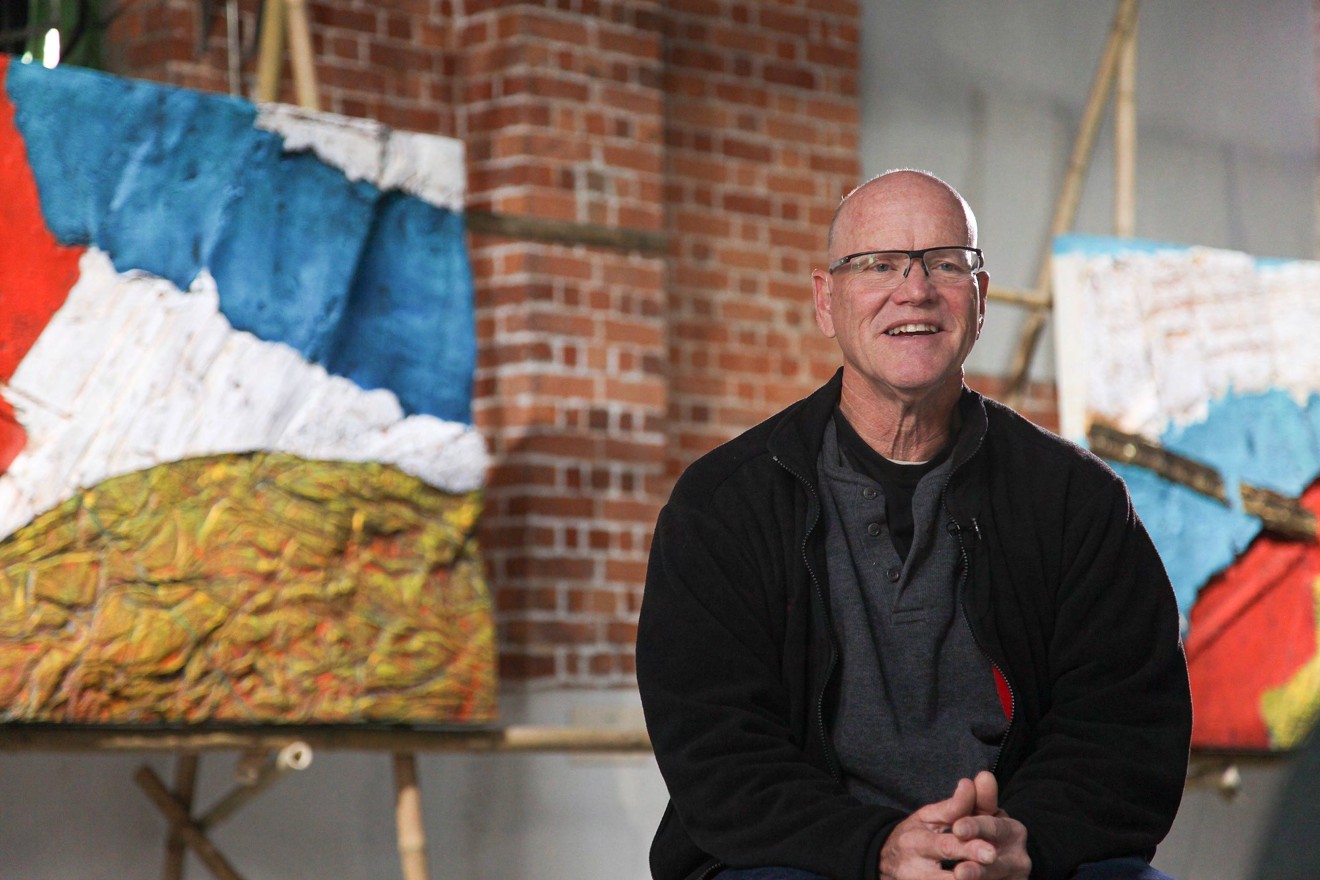Tomasso was born in Omaha, Nebraska in 1949. He became deeply interested in art as a child, deciding, while in the midst of children’s classes at the city’s renowned Joslyn Art Museum, to dedicate the rest of his life to making art. And that’s exactly what he did.
In 1971, Tomasso earned his BFA at the University of Nebraska at Omaha and afterward took graduate art courses there, and at Michigan State University and Southern Illinois University. In 1974 he created his first artwork made of cast paper, while his main forms of expression were printmaking and letterpress, which have likewise been lifelong pursuits for him.
A few years later in 1977, he came west to complete his MFA in printmaking at the University of Colorado Boulder, studying with the late Clinton Cline. He graduated in 1979. Through these academic experiences, Tomasso had received a high level of training in ceramics and printmaking, and he taught himself how to make paper.
When I interviewed him some years ago, he mused, “I thought, ‘How hard could it be if people had been doing it for two thousand years?’ and this was obviously a mistake, because traditional techniques are actually very hard to master.” Tomasso told me at that same time that he had initially been led to papermaking because of his unhappiness with the inability of etchings to create anything other than shallow reliefs.
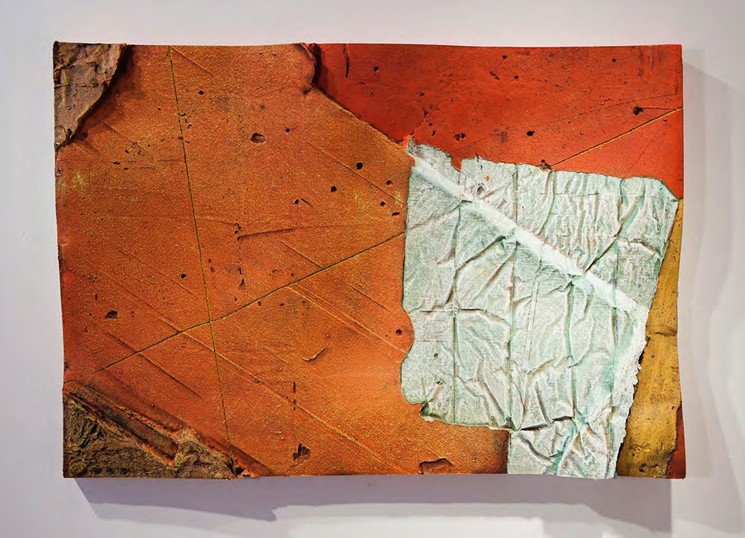
Ray Tomasso’s “Dawn Broke to Find the Cloud Asleep," mixed media on handmade paper, 2011.
Photo by Ron Pollard / Courtesy of Diane Wray Tomasso
The ’70s and ’80s were watershed decades for the paper medium, and Tomasso rode the wave of interest to the top of the field, traveling the world, learning and teaching. Among his many credits, he became one of the founders and later the director of the International Association of Hand Papermakers and Paper Artists, headquartered in Switzerland. Through his experiences and studies over his lifetime, he accrued an encyclopedic knowledge of paper techniques and was accomplished at a dizzying array of them.
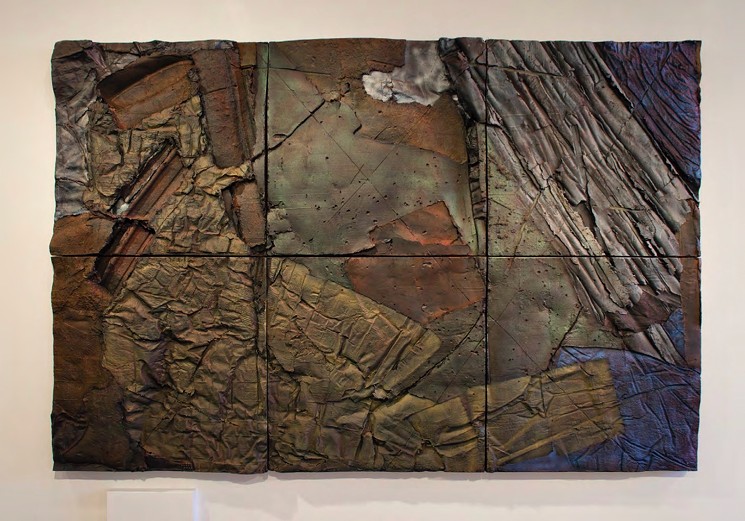
“The Inland Sea” by Ray Tomasso, mixed media on handmade paper, 2015.
Photo by Ron Pollard / Courtesy of Diane Wray Tomasso
All along Tomasso created abstracts which at first blush resemble paintings, and in fact they are painted, but the pigments he’s applied have not been freely worked and instead follow the contours of the preexisting bas-reliefs in the underlying cast paper. That means that though they appear to be expressionistic and spontaneous, they have actually been meticulously planned and carried out.
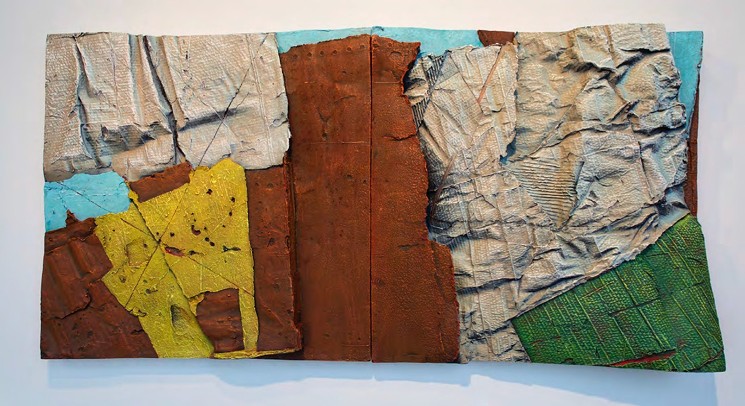
Ray Tomasso’s “Southern Edge of the Innermost Sea”, mixed media on handmade paper, 2015.
Photo by Ron Pollard / Courtesy of Diane Wray Tomasso
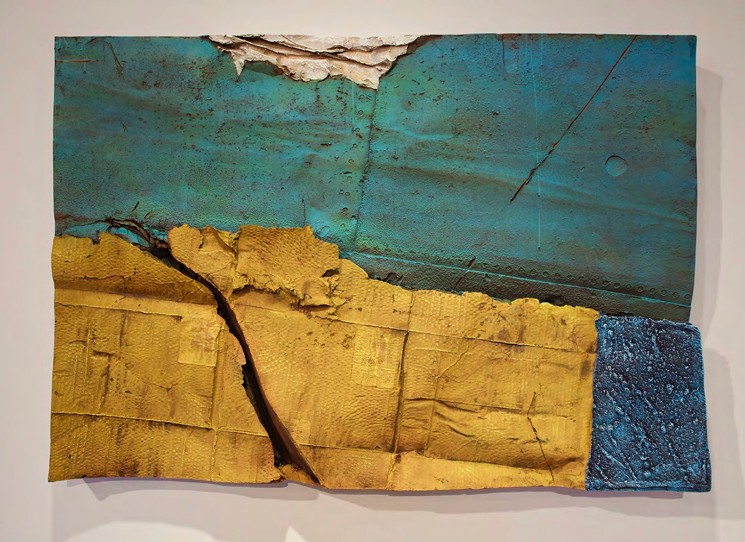
“South Sea Odyssey” by Ray Tomasso, mixed media on handmade paper, 2015.
Photo by Wong Lik-wan / Courtesy of Diane Wray Tomasso
Tomasso’s pieces are in hundreds of private, corporate and public collections, including those of his alma mater, CU Boulder and the Kirkland Museum of Fine and Decorative Art.
Ultimately, Tomasso died where he loved to be, doing what he loved to do, in his studio making art.
He left behind an incredible trove of pieces, and hopefully a proper show will be mounted in his honor. A virtual memorial service for him is in the planning stages.

